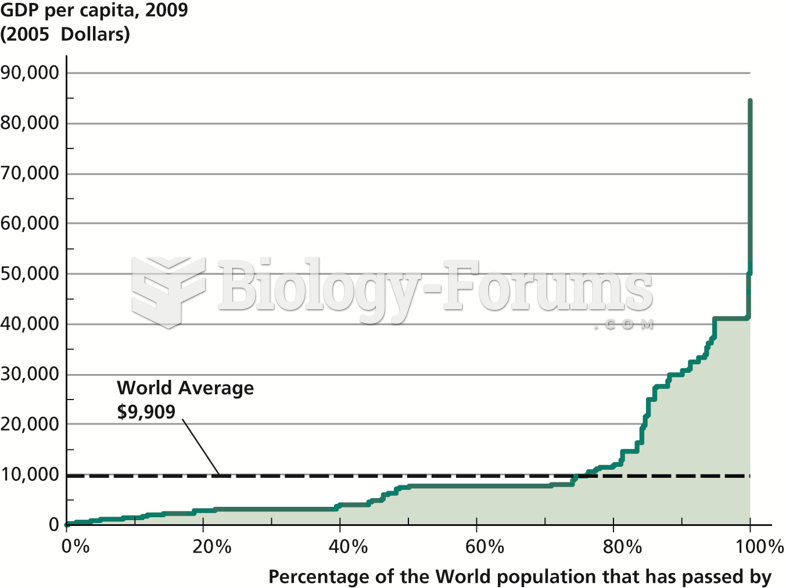Studies are finding that low-income, high-minority schools may be funded less than their more affluent peers
Indicate whether the statement is true or false.
Question 2
The weighted pupil approach to funding is best described as
a. providing less funding to smaller students and more funding to taller students.
b. determining appropriate cost differentials for various students program classifications.
c. providing more funding for higher SES students.
d. providing less funding for lower SES students.
Question 3
Using the following data table, what type of funding program is described by the information?
District Local State Aid Foundation Local Total
Capacity Level Leeway Funding
A 1,000 9,000 10,000 0 10,000
B 5,000 5,000 5,000 1,000 11,000
C 10,000 0 0 2,500 12,500
a. Foundation program
b. Flat grant program
c. Non-equalization program
d. Quasi flat matching program
Question 4
In considering the continuum of inequity to equity in state aid grants to school districts, which of the following is closest to the equity end of the continuum?
a. Matching grants
b. Flat grants
c. Equalization grants
d. Flat matching grants
Question 5
Which type of fiscal equalization is more theoretical than practical?
a. Approximate fiscal equalization
b. Appropriate fiscal equalization
c. Matching fiscal equalization
d. Absolute fiscal equalization
Question 6
Fiscal neutrality is best defined as
a. students who are alike should receive equal shares of funding.
b. students who are not different should receive appropriate unequal treatment.
c. students should be funded based on what an educated public wants to provide rather than funding based on wealth.
d. poorer students should receive more state funding than wealthier students.
Question 7
Vertical equity is best defined as
a. students who are alike should receive equal shares of funding.
b. students who are not different should receive appropriate unequal treatment.
c. students should be funded based on what an educated public wants to provide rather than funding based on wealth.
d. poorer students should receive more state funding than wealthier students.
Question 8
Horizontal equity is best defined as
a. students who are alike should receive equal shares of funding.
b. students who are not different should receive appropriate unequal treatment.
c. students should be funded based on what an educated public wants to provide rather than funding based on wealth.
d. poorer students should receive more state funding than wealthier students.
Question 9
Measuring equity is
a. complex.
b. relatively simple.
c. mathematically equivalent in each state.
d. a formula driven by each states constitution.
Question 10
Equality of funding means
a. providing what people need.
b. treating people equally.
c. treating different people with different needs appropriately differently.
d. treating people with strict scrutiny.
Question 11
The Brown v. Board of Education of Topeka Kansas Supreme Court case addressed
a. equity.
b. adequacy.
c. equality.
d. weighted funding.
Question 12
Federal revenue for total education spending has remained consistent over the last 30 years at about 15.
Indicate whether the statement is true or false.







